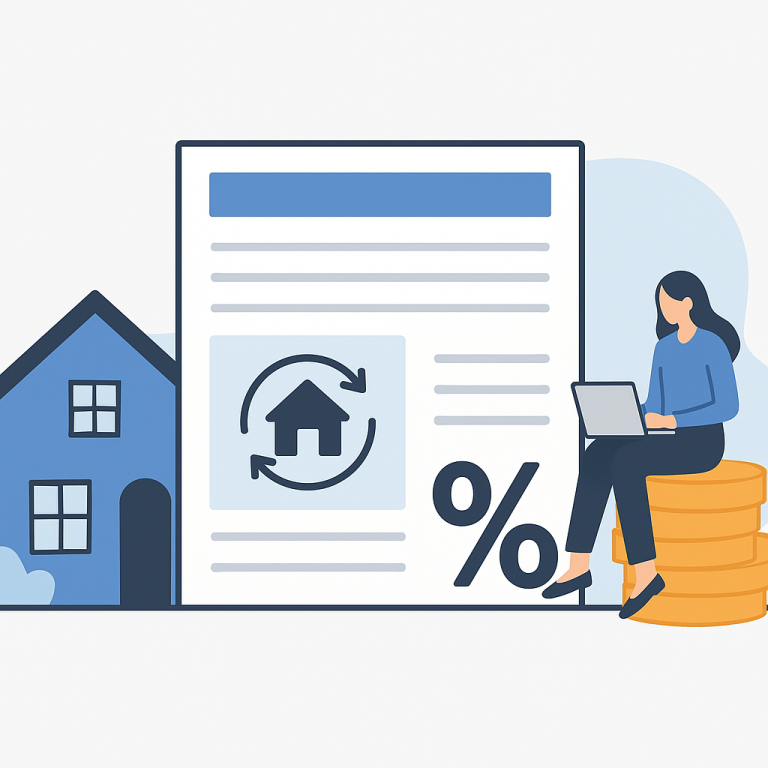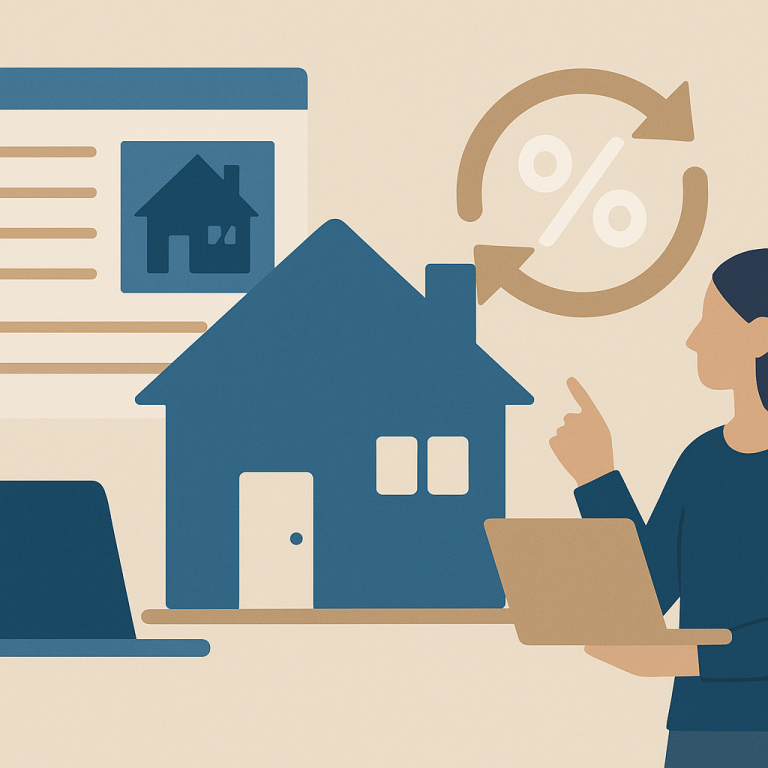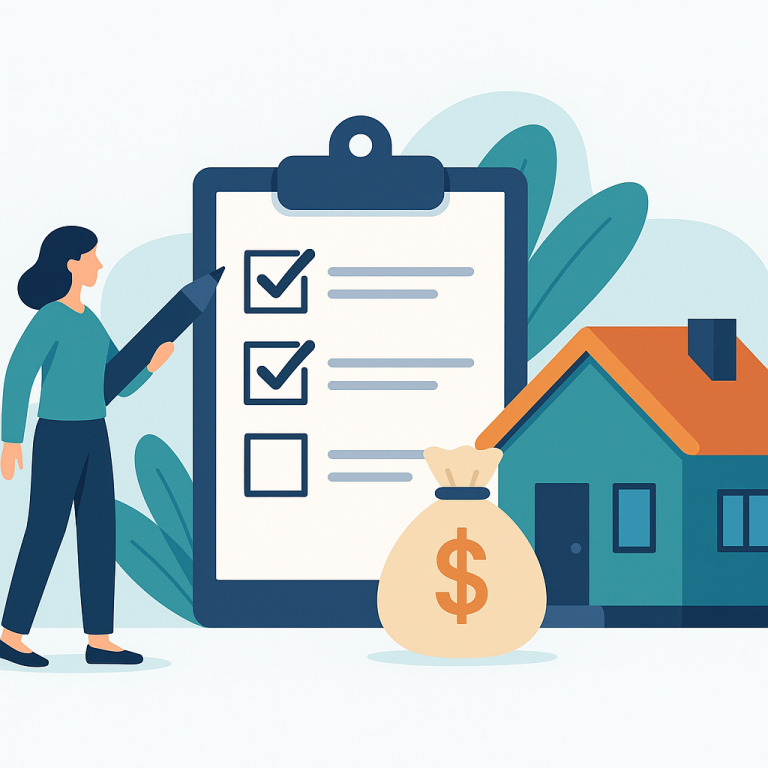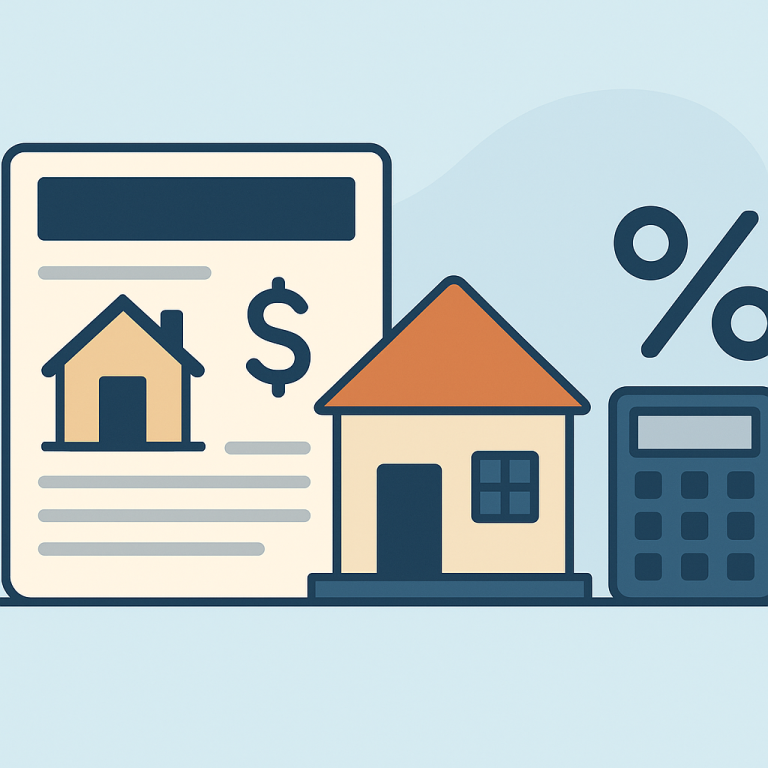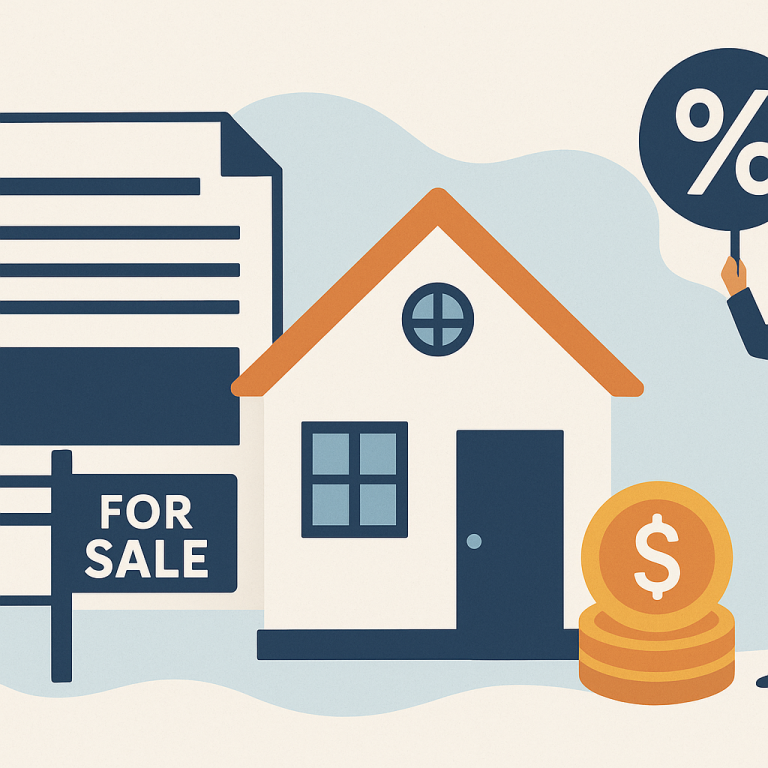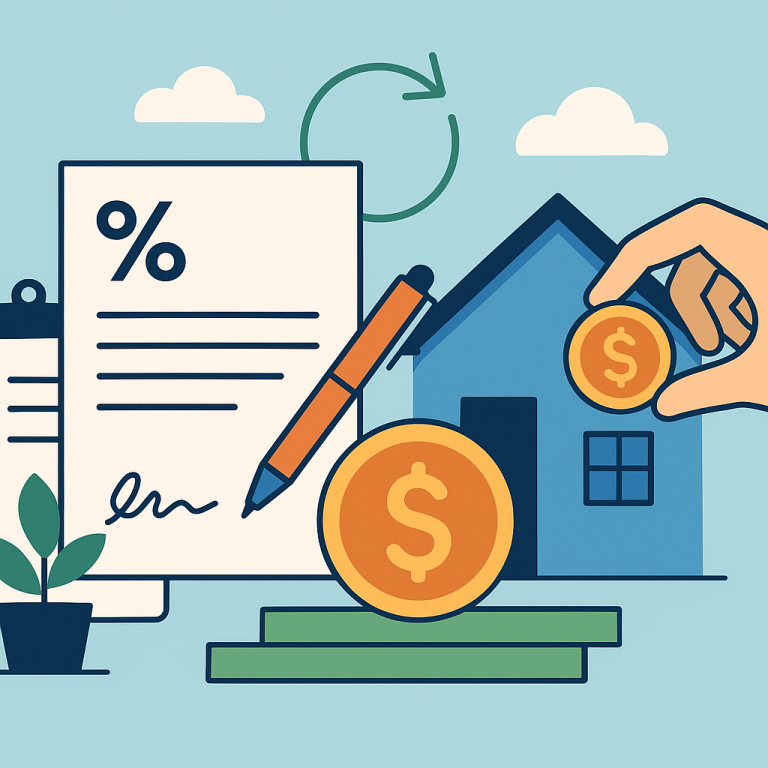Major Lender Cuts Refinance Fees, Reducing Closing Costs Up To $1,500
Refinancing Activity Slows as Mortgage Rates Rise, but Select Opportunities Remain
Mortgage refinancing activity has eased in recent months as benchmark interest rates have climbed from the lows seen earlier in the housing cycle. Lenders report fewer rate-and-term refinances, while cash-out refinancing demand has softened as homeowners weigh higher borrowing costs against the value of unlocking home equity. The shift is prompting borrowers to be more selective about when and how they refinance.
Industry observers point to several factors behind the slowdown. Higher mortgage rates reduce the potential monthly savings of switching from an existing loan, narrowing the pool of homeowners for whom refinancing makes economic sense. At the same time, stronger underwriting standards and an uptick in closing costs have increased the time and expense involved in completing a refinance. Home price appreciation has benefitted many owners by increasing equity, but in some markets that appreciation has slowed or plateaued, limiting the practical availability of low-cost cash-out options.
Refinance activity also differs by loan type. Homeowners with government-backed loans often have access to simplified or streamlined options that can lower paperwork and closing expenses, while conventional borrowers may face more stringent debt‑to‑income and documentation requirements. Lenders continue to adjust product offerings to attract qualified borrowers, emphasizing hybrid terms, adjustable-rate deals, and rate locks to reduce the risk of rate movement during processing.
Financial advisers say the current environment calls for a more granular analysis before pursuing a refinance. For many homeowners, the decision hinges on the break-even horizon—the point when cumulative savings from a lower monthly payment exceed the costs paid to refinance. When rates are higher, that horizon lengthens. For others, non-rate objectives such as consolidating high-interest consumer debt or changing loan term may still justify a refinance even without immediate monthly savings.
What Homeowners Should Consider
- Recalculate your break-even time: Include closing costs, any prepayment penalties, and the new monthly payment to determine how long you must stay in the home to realize net benefit.
- Shop multiple lenders: Compare not only quoted rates but also total fees and processing timelines. Small rate differences can be offset by divergent closing costs.
- Assess loan purpose: If the goal is debt consolidation or a shorter term, a refinance may still make sense despite higher rates. For purely rate-driven moves, wait for a clearer decline in market rates.
- Explore streamlined options: Owners with government loans or significant equity might qualify for lower-documentation programs that reduce costs and accelerate closing.
- Consider partial alternatives: Home equity lines of credit and home equity loans can offer flexible access to cash without replacing an existing mortgage, though they carry different rate structures and risks.
Ultimately, the current refinancing landscape is less about a blanket opportunity and more about individualized calculation. Homeowners who recently locked very low rates will generally find fewer compelling reasons to refinance, while those with higher existing rates or pressing financial goals may still benefit after a careful cost-benefit review. Working with a trusted mortgage professional to run multiple scenarios can help determine whether a refinance today aligns with a homeowner’s financial priorities and time horizon.
META: topic=refinancing slow-down;audience=homeowners;focus=break-even-analysis

